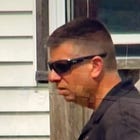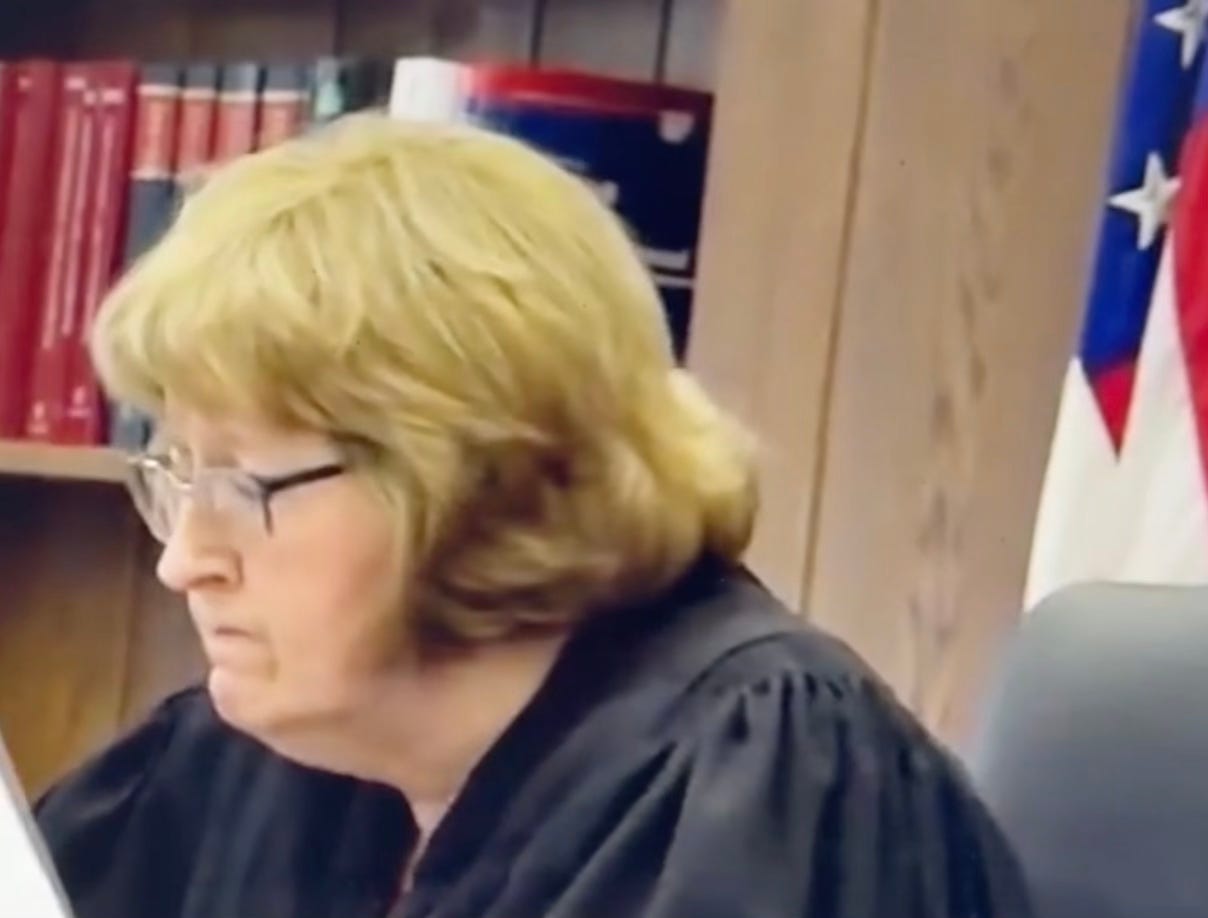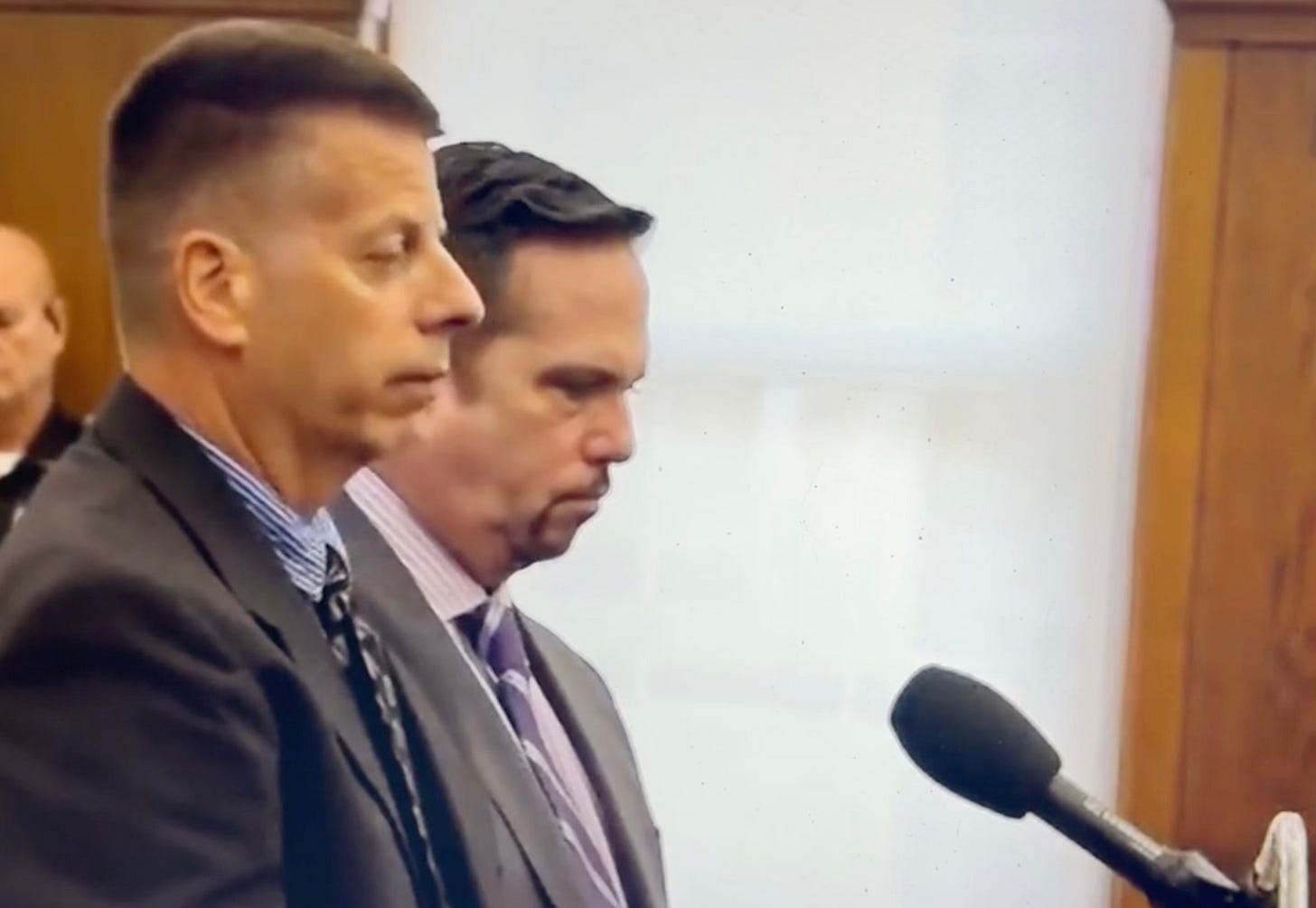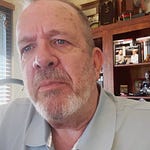FREMONT — Ten years ago Daniel Myers lured 36-year-old Heather Bogle to his home, where he brutally and savagely killed her. And for the next two years — despite the abundant evidence he left of his crime — Myers never landed on the lead investigator’s suspect list.
Instead, Sandusky County sheriff’s detective Sean O’Connell seemed intent on framing three innocent people for killing Bogle, without any credible evidence at all. Why he did that remains a mystery.
O’Connell had DNA, collected from under Bogle’s fingernails from her attempting to fight off her killer. He had an email from one of her coworkers at Whirlpool telling him another co-worker — Daniel Myers — was capable of the kind of brutal violence that killed Heather, and there was cell phone tower data available to him that “pinged” Bogle’s last known location to be at Myers’ home.
O’Connell never followed up on any of that evidence. He was focussed on three people who had nothing to do with her murder, manufacturing false evidence that he provided in a report to then Sandusky County Prosecutor Tom Stierwalt, hoping to indict them for murder. Why he did it also remains a mystery.
The Sandusky Register from the very start questioned whether O’Connell was the right person to be leading the investigation. The newspaper had for years been chronicling investigations that he botched, failing to bring justice to a number of local families in horrendous death cases.
In other cases, there’s less mystery what motivated O’Connell: It was a seeming need for vengeance. In one, a man with no criminal history was arrested and charged in a burglary he had nothing to do with. In a sham trial, the man was tried and convicted in less than an hour in Sandusky County Common Pleas Court and sentenced to five years in prison. He spent a year behind bars before he was cleared, and he was later awarded a $100,000 settlement from the state for being falsely prosecuted and imprisoned.
O’Connell had a prior beef with him, the man told the Register, after he and O’Connell were involved in a traffic accident years earlier in which the detective was at fault but refused to pay for the damages he caused or involve local police.
In another case, O’Connell attempted to frame a local man in a road rage incident. He wasn’t derailed until recorded 911 calls proved the man was the victim, not the aggressor. O’Connell’s prior beef with that man was related to his protests against the sheriff’s office after of the 2010 death of Bryan Jones. Jones was killed when sheriff’s deputies stormed his home and shot him as he was sleeping on a couch.
End of the road
O’Connell was the Glenn Close-“Fatal Attraction” never die corrupt detective until Sept. 13, 2018, when he stood before visiting Judge Patricia Cosgrove and admitted to tampering with records in the Heather Bogle homicide investigation.
It was the end of a sad, sordid, incompetent career in which there were numerous victims of his arrogance, incompetence, corruption and his need to get even. The newspaper’s endless coverage of his misdeeds and the Bogle family’s unwavering demand for justice is what led to his demise.
O’Connell and the special prosecutor agreed to a plea bargain, dismissing more serious counts but leaving him exposed to Cosgrove’s sharp critique. And, like actress Ann Archer in the movie, she put a bullet to his chest, killing his career, forever.
The judge made clear that the issue was not sloppy paperwork or oversight, as O’Connell suggested, but a deliberate misrepresentation that jeopardized the integrity of a murder case. O’Connell, a 25-year law enforcement officer who had a plan to become Sandusky County sheriff before his crimes caught up to him, made excuses in court that day, but Judge Cosgrove wasn’t having it.
As lead investigator in the 2015 brutal slaying of Bogle, the detective turned over a report to then-Sandusky County Prosecutor Thomas Stierwalt in which he falsely accused three people of being involved in the murder. He included a recording of someone impersonating one of those individuals allegedly incriminating herself, along with an affidavit from a prison snitch who failed a lie detector test implicating one of them.
“You cannot,” Cosgrove told him from the bench, “pick and choose what information goes into an investigative report. When you withhold evidence that undermines your theory, you are misleading the prosecutor and misleading the court.”
The judge pressed O’Connell repeatedly on why he left out DNA results excluding his suspects, and why he failed to disclose that the jailhouse informant failed a polygraph. She also questioned him about why he failed to tell the prosecutor the video recording was fabricated. Each omission, Cosgrove said, cut against the responsibilities of law enforcement.
For his part, O’Connell insisted he had intended to sit down with prosecutors later and open his full files. But Cosgrove rejected that defense.
“You were the lead investigator. It was your duty to present both the strengths and the weaknesses of your case. That’s what integrity demands.”
O’Connell apologized to the court, the victim’s family, and his colleagues, saying he never meant to have anyone wrongly jailed. Cosgrove wasn’t buying it, questioning him how he could think it was the way he claimed.
The exchange
(From the sentencing hearing, June 2016. Judge Patricia Cosgrove questioning Sean O’Connell.)
Cosgrove: You don’t get to put only the parts that support your theory and leave out the evidence that contradicts it. That’s not how justice works.
O’Connell: Your Honor, I wasn’t trying to mislead anyone. My intent was to give the prosecutor a feel for why I thought it was these three people, then later share the full case file.
Cosgrove: But you didn’t. You left out DNA that excluded your suspects. You left out that a jailhouse informant failed a polygraph. You left out that another source fabricated a tape. Those are not minor details — those are central facts. And your job was to put them in writing.
O’Connell: I take full responsibility, and I apologize.
Cosgrove: The harm here is not abstract. This case was about a young woman’s murder. Withholding critical information compromised the search for the truth. That is what you did wrong, Mr. O’Connell.
O’Connell: I never intended for anyone to be falsely accused. I thought the case would come together.
Cosgrove: I don’t know how you can say that. With the evidence you had — and what you chose to leave out — I simply don’t know how you can stand here and say that.
(Cosgrove pauses, then turns to sentencing.)
Cosgrove: You are hereby sentenced to five years of community control, under the supervision of the adult probation department. You are prohibited from working in law enforcement ever again. You will serve 60 days in the county jail, to begin immediately, and you will complete 400 hours of community service. If you violate these terms, I will impose a prison sentence of 36 months. Do you understand?
O’Connell: Yes, Your Honor.
(Defense counsel asks Cosgrove to allow O’Connell a few days before he has to surrender to be processed into prison. The prosecutor objects, saying O’Connell’s known for months that this was his sentencing day.)
Cosgrove: … He has to go to prison. The court has to send a message to other law enforcement officers, ‘Hey, when you look at a case, look at all of them. The good, the bad, the ugly. And when you present a case, to get justice to our citizens, present all of it so that a fair resolution can be a result and a crime can be resolved. Today’s the day of sentencing, take him into custody.














